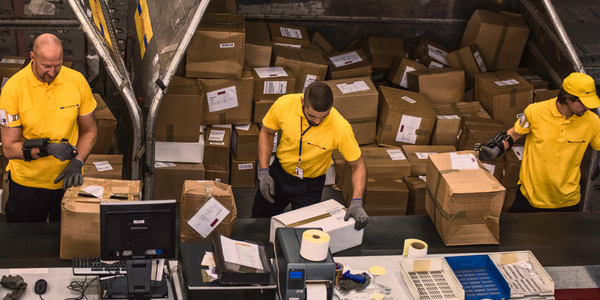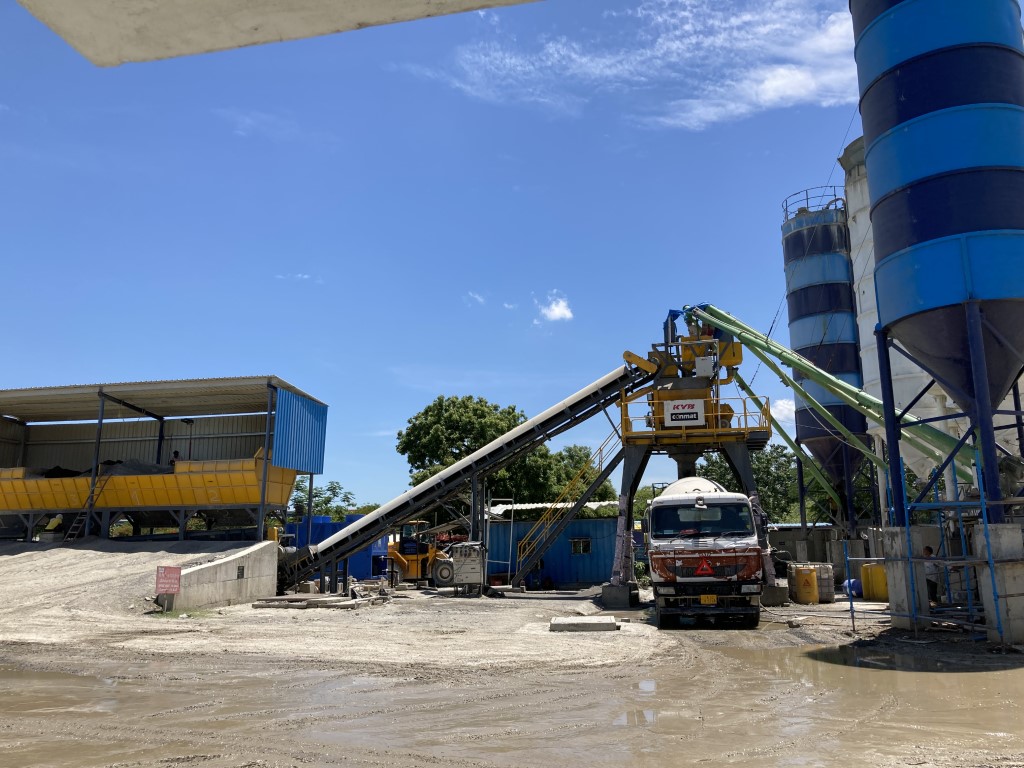公司规模
Mid-size Company
地区
- Asia
- Europe
国家
- Worldwide
产品
- Tableau Desktop
- Tableau Reader
技术栈
- Data Visualization
- Enterprise Resource Planning (ERP)
实施规模
- Enterprise-wide Deployment
影响指标
- Productivity Improvements
- Cost Savings
技术
- 应用基础设施与中间件 - 数据可视化
适用功能
- 商业运营
用例
- 质量预测分析
服务
- 数据科学服务
关于客户
Blastrac Manufacturing is a mid-sized worldwide manufacturer that operates in the Americas, Europe and Asia. The company depends on the creation and distribution of reports across the organization to make business decisions. However, the company did not have a consistent reporting method in place and, consequently, preparation of reports for the company’s various needs was tedious and time-consuming. The company's analysts each spent nearly one whole day per week extracting data from the multiple Enterprise Resource Planning (ERP) systems, loading it into several Excel spreadsheets, creating filtering capabilities and establishing pre-defined pivot tables.
挑战
Blastrac Manufacturing was facing a challenge with its reporting method. The company did not have a consistent reporting method in place and, consequently, preparation of reports for the company’s various needs was tedious. Blastrac’s analysts each spent nearly one whole day per week extracting data from the multiple Enterprise Resource Planning (ERP) systems, loading it into several Excel spreadsheets, creating filtering capabilities and establishing pre-defined pivot tables. These massive spreadsheets were often inaccurate and consistently hard to understand, and they were virtually useless for the sales team, which couldn’t work with the complex format. In addition, each consumer of the reports had different needs—while some thought the reports were lacking detail, others thought there was too much.
解决方案
Blastrac Vice President and CIO Dan Murray began looking for a solution to the company’s reporting troubles. He quickly ruled out the rollout of a single ERP system, a multi-million dollar proposition. He also eliminated the possibility of an enterprisewide business intelligence (BI) platform deployment because of cost. What Murray needed was a solution that was affordable, could deploy quickly without disrupting current systems and was able to represent data consistently regardless of the multiple currencies Blastrac operates in. Working with IT services consultant Interworks, Inc. out of Oklahoma, Murray and team finessed the data sources. Murray then deployed two data visualization tools from Tableau Software: Tableau Desktop, a visual data analysis solution that allowed Blastrac analysts to quickly and easily create intuitive and visually compelling reports, and Tableau Reader, a free application that enabled everyone across the company to directly interact with the reports, filtering, sorting, extracting and printing data as it fit their needs.
运营影响
数量效益

Case Study missing?
Start adding your own!
Register with your work email and create a new case study profile for your business.
相关案例.

Case Study
IoT Data Analytics Case Study - Packaging Films Manufacturer
The company manufactures packaging films on made to order or configure to order basis. Every order has a different set of requirements from the product characteristics perspective and hence requires machine’s settings to be adjusted accordingly. If the film quality does not meet the required standards, the degraded quality impacts customer delivery causes customer dissatisfaction and results in lower margins. The biggest challenge was to identify the real root cause and devise a remedy for that.

Case Study
Prevent Process Inefficiencies with Automated Root Cause Analysis
Manufacturers mostly rely on on-site expert knowledge for root cause analysis. When the defective product is sent to lab for analysis, it is laborious and always a post-mortem one. Manufacturers that collect data from IT and OT also need a comprehensive understanding of a variety of professionals to make sense of it. This is not only time consuming, but also inefficiencient.

Case Study
Digitization of Pharmaceutical Packaging Machines: A Case Study of CVC Technologies
CVC Technologies, a leading manufacturer of pharmaceutical packaging machines, was seeking an end-to-end IoT solution to fully digitize their pharmaceutical liquid filling and capping machines. The company aimed to enhance the safety of their equipment, introduce digital maintenance capabilities, and gain visibility into machine status from anywhere at any time. The challenge was to find a solution that could provide real-time visibility into the machine's status, deliver direct cloud connectivity and digital services, and simplify all aspects of the machine's lifecycle, from engineering to maintenance.

Case Study
CleanTelligent Enhances Janitorial Software Solutions with Infor Birst
CleanTelligent Software, a company that aids in-house and contracted janitorial teams in streamlining communication and improving quality control, faced a significant challenge. Their clients were demanding a more dynamic way to present reporting data. The company's software was primarily used to analyze and summarize a custodial team's performance, replacing a highly manual, paper-driven process. However, the initial differences between service providers in the janitorial industry are often unclear, and the cost of switching is comparatively low. This situation led to high client turnover, with a janitorial company's customer lifetime averaging four years or less. CleanTelligent needed to improve the customer experience with dynamic dashboards and reporting, retain customers through predictive analysis, capitalize on advanced analytics capabilities to build market differentiation, and improve client retention rates.

Case Study
Digitalising QC records
Ready-mix concrete batching plant with seasonal demand 6,000 to 12,000 cu.metre per month.Batch-cycle records for each truck is stored in paper format. 1000 to 2000 truck loads per month, generating ~2000 to 6000 paper records.QC anomaly detection in chemical batch-mixing is manual & time consuming.

Case Study
Automotive manufacturer increases productivity for cylinder-head production by 2
Daimler AG was looking for a way to maximize the number of flawlessly produced cylinder-heads at its Stuttgart factory by making targeted process adjustments. The company also wanted to increase productivity and shorten the ramp-up phase of its complex manufacturing process.







